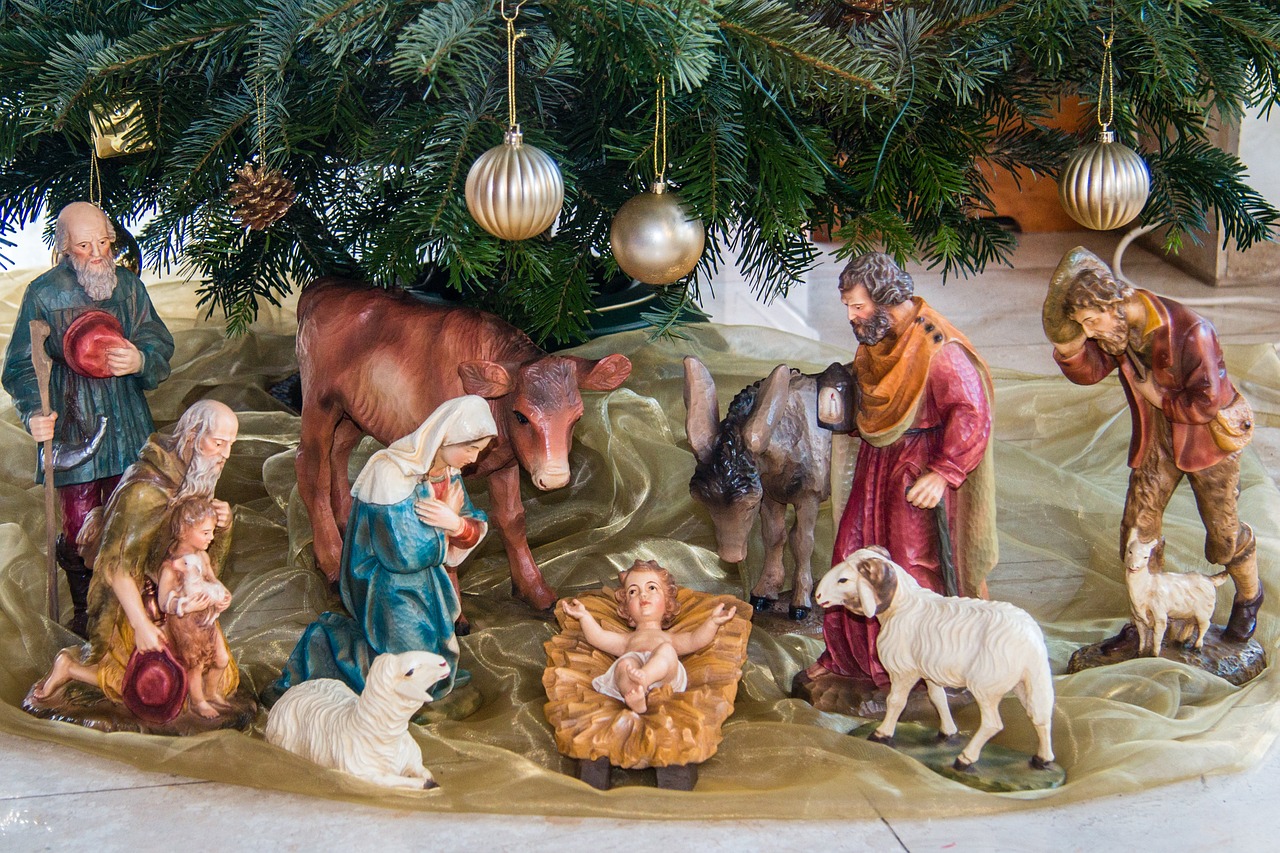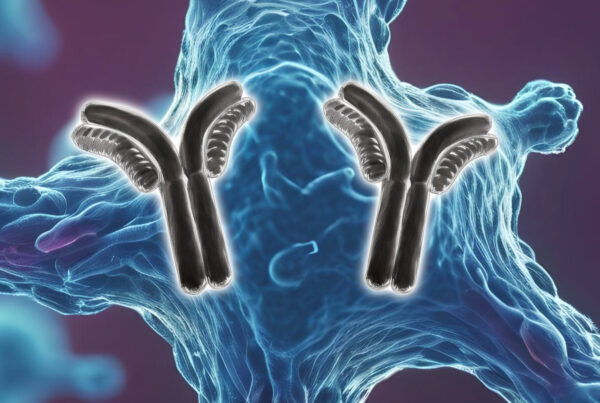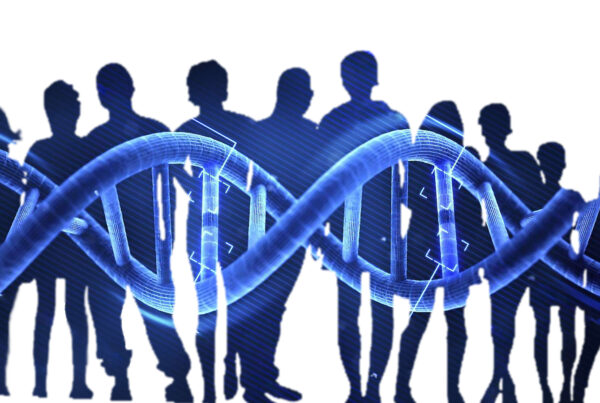Christmas season, the most wonderful time of the year when our thoughts are on festive relaxation and cosiness, and when we eagerly anticipate the celebration with our loved ones.
It has been established that the Christmas season is linked to temporal neuronal and hormonal changes that result in modifications of human behaviour (Ludwig, 2011).
Rapid advances in molecular biology and genetics during the last year have led to a greater understanding of the ‘Biology of Christmas’, and research results strongly indicate the involvement of a circannual rhythm!
Circannual rhythms are endogenous mechanisms of utmost importance for the regulation of the physiology. They have a period length of approximately one year and prepare the organism to reoccurring events. In animals, circannual rhythms are involved in migration/hibernation, fur change of mammals (summer and winter fur) and seasonal reproduction for instance (Harmer et al., 2001; Kumar and Mishra, 2018; Lincoln, 2019; Xi et al., 2019). Latest research substantiates the hypothesis that in humans a specific circannual rhythm evolved for the reoccurring event of Christmas.

The Christmas circannual rhythm is generated in a region of the hypothalamus labelled “Christmas vivifying centre”. It is a cluster of neurons that is dormant for 11 months of the year. Activity in this centre gradually increases with the beginning of December and shows peak activity at 25th and 26th December. Thereafter, activity decreases extremely fast and reaches dormancy again at 1st of January.
Activation of the “Christmas vivifying centre” results in an upregulation of liver enzyme production via the Christmas-stimulating hormone (CSH) in anticipation of extensive feeding. Three associated genes have been identified: GBF1 (GINGERBREAD FATTENING 1), MWG (MULLED WINE GUZZLING) that encodes a novel class III alcohol dehydrogenase, and IIC (INDULGING IN CHOCOLATE, also known as I’M IN CONTROL-HONESTLY). Upregulation of IIC in particular seems to be associated with body weight gain in adults during Christmas season. Interestingly, significant weight gains have been observed in adults during holiday season in general even when weight loss was aimed for (Díaz-Zavala et al., 2017)!


In order to restore homeostasis, antagonising mechanisms are activated that stimulate another cluster of neurons in the hypothalamus called the “New Year’s Resolution centre”. Here, the Necessity for diet-releasing factor (NdRF) is produced that reaches peak level around 2nd January. Unsurprisingly, NdRF levels decrease rapidly. This is associated with terminating any ambitions of dieting as part of the New Year resolutions by mid-January. Investigations showed that 77% of New Year’s resolvers broke their pledges after one week and only 19% successfully kept them for two years. For loosing body weight and maintaining the weight loss long-term, many strategies exist, but ultimately it comes down to sustainability. The most effective diet is useless when it is not sustainable as a life style, especially during stressful times. Pick a diet, be it vegan, vegetarian, low fat, low carb, etc., and test if it is the right choice and you can stick to it (Norcross and Vangarelli, 1988; Ramage et al., 2014; Varkevisser et al., 2019). Merry Christmas!
On a serious note
This text has been created for entertainment and most of it has been made up. However, gain in body fat, particularly visceral fat, and obesity have deleterious effects on health and profoundly impact the quality of life (Scully, 2014; González-Muniesa et al., 2017)!
By Dr Andreas Ebertz





